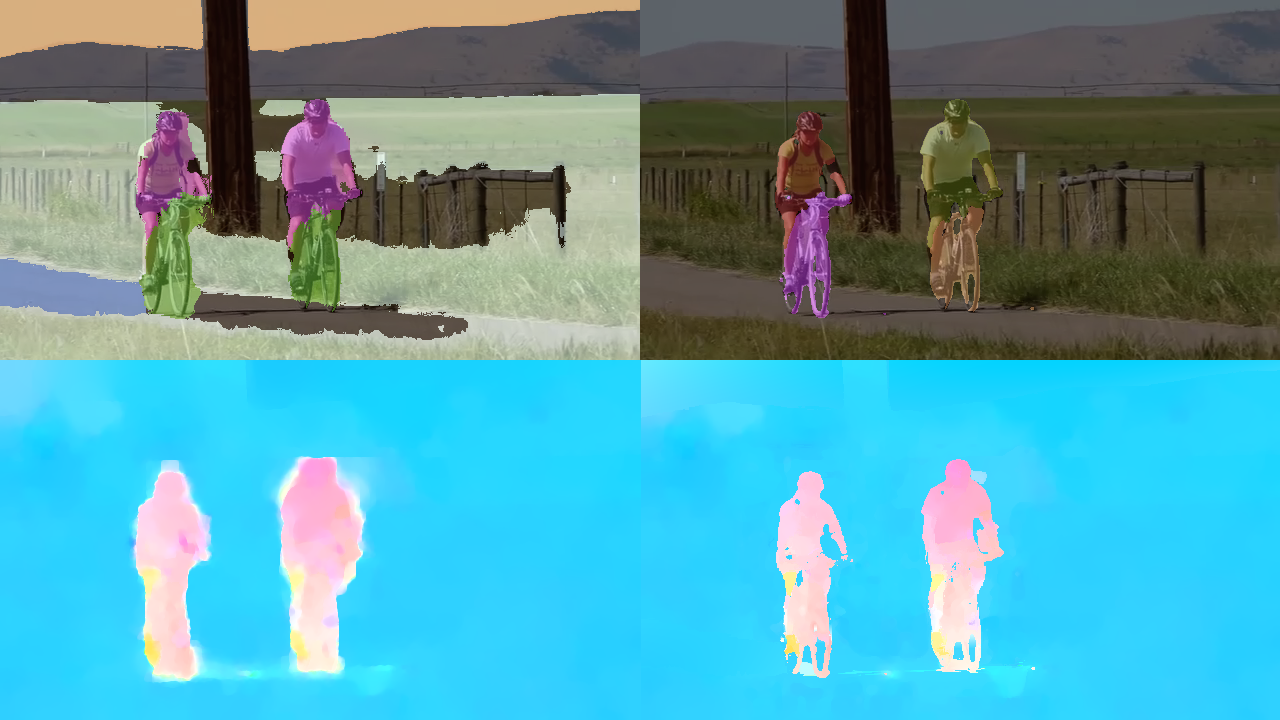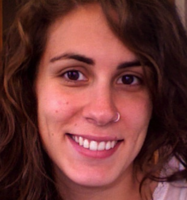Autonomous Robotic Manipulation
Modeling Top-Down Saliency for Visual Object Search
Interactive Perception
State Estimation and Sensor Fusion for the Control of Legged Robots
Probabilistic Object and Manipulator Tracking
Global Object Shape Reconstruction by Fusing Visual and Tactile Data
Robot Arm Pose Estimation as a Learning Problem
Learning to Grasp from Big Data
Gaussian Filtering as Variational Inference
Template-Based Learning of Model Free Grasping
Associative Skill Memories
Real-Time Perception meets Reactive Motion Generation
Autonomous Robotic Manipulation
Learning Coupling Terms of Movement Primitives
State Estimation and Sensor Fusion for the Control of Legged Robots
Inverse Optimal Control
Motion Optimization
Optimal Control for Legged Robots
Movement Representation for Reactive Behavior
Associative Skill Memories
Real-Time Perception meets Reactive Motion Generation
Semantic Optical Flow

Existing optical flow methods make generic, spatially homogeneous, assumptions about the spatial structure of the flow. In reality, optical flow varies across an image depending on object class. Simply put, different objects move differently. Here we exploit recent advances in static semantic scene segmentation to segment the image into objects of different types. We define different models of image motion in these regions depending on the type of object. For example, we model the motion on roads with homographies, vegetation with spatially smooth flow, and independently moving objects like cars and planes with affine motion plus deviations. We then pose the flow estimation problem using a novel formulation of localized layers, which addresses limitations of traditional layered models for dealing with complex scene motion. Our semantic flow method achieves the lowest error of any published monocular method in the KITTI 2015 flow benchmark and produces qualitatively better flow and segmentation than recent top methods on a wide range of natural videos.
Members
Publications


